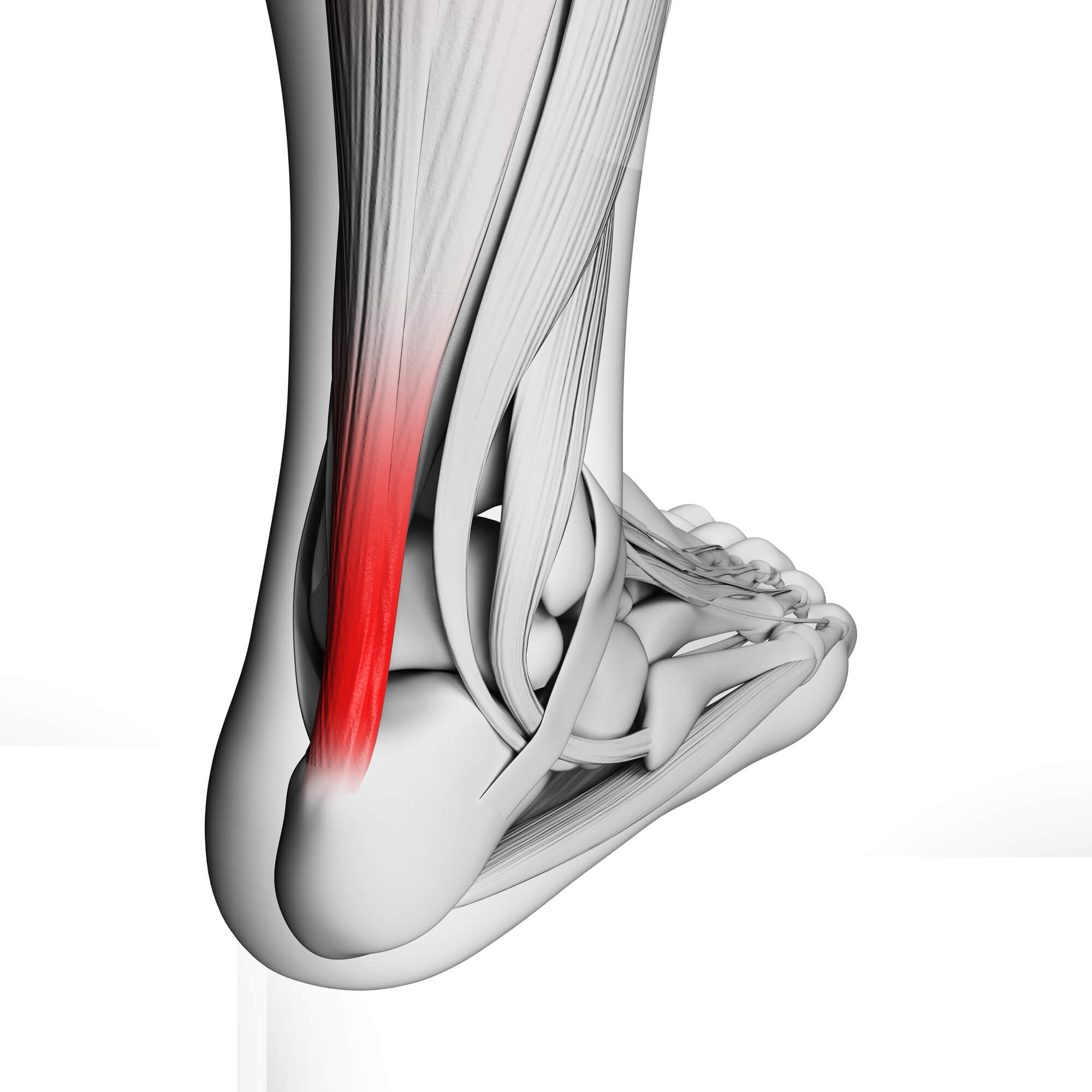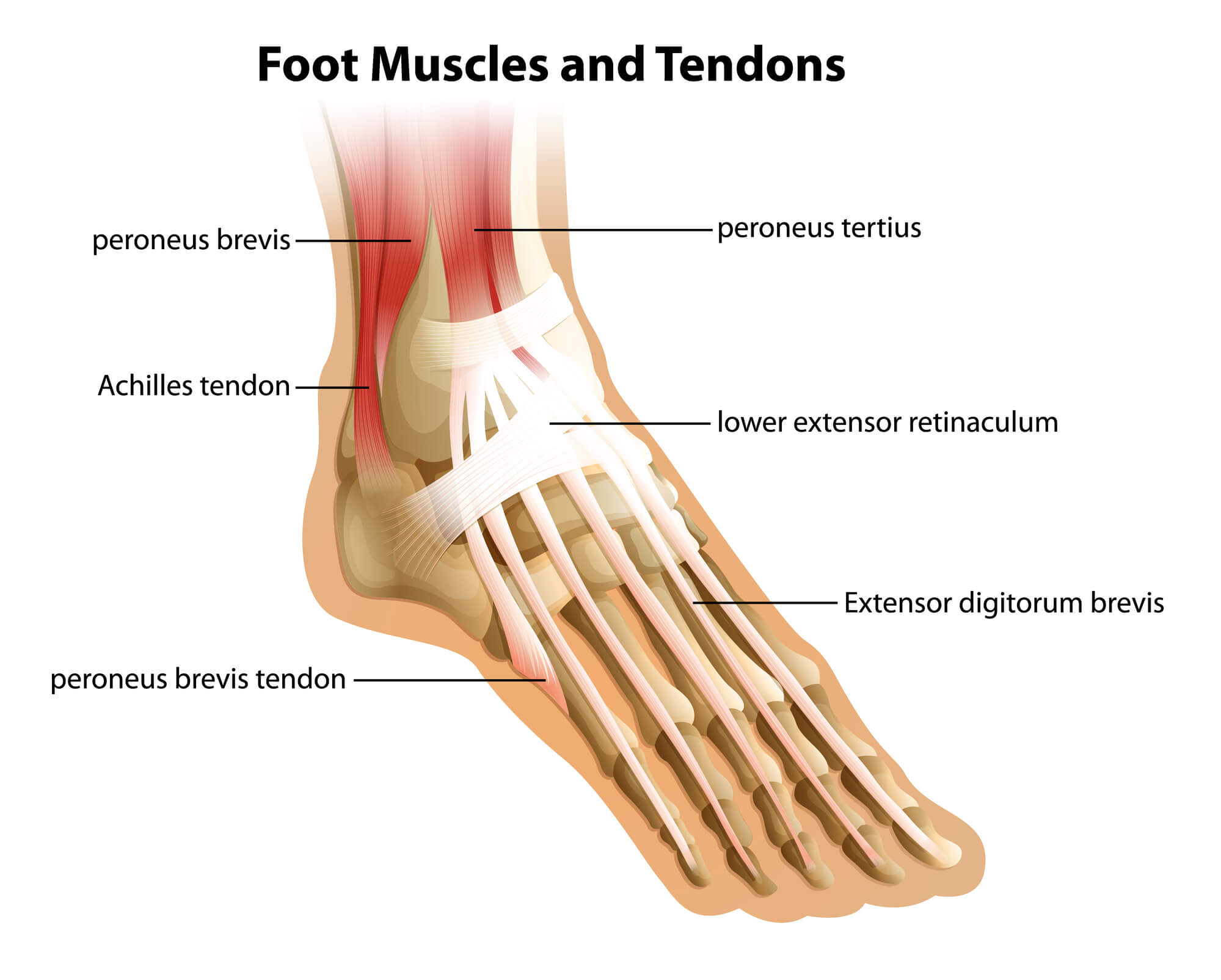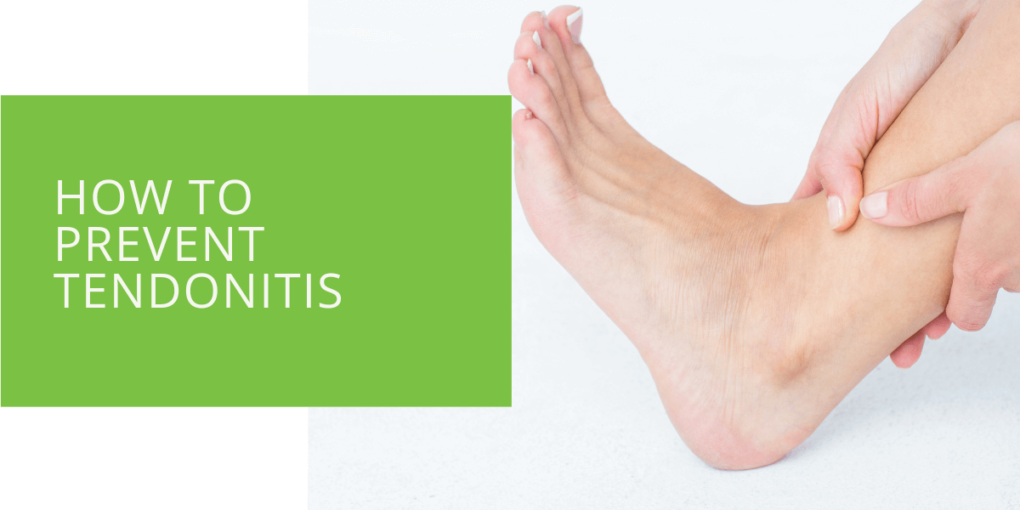How to Prevent Tendonitis
Tendonitis, also known as tendinitis, is a common condition when the tendons in your body become inflamed. This condition can be caused by various factors, including repetitive motions, overuse injuries, and even arthritis. Tendonitis can affect any body part, including your foot, ankle, knee, hip, shoulder, elbow, and wrist. This article will discuss how to prevent tendonitis and reduce the risk of this painful condition.
Understanding Tendonitis
Tendons are the fibrous tissues that connect your muscles to your bones. When these tissues become overused or inflamed, it can lead to tendonitis. Common symptoms of tendonitis include pain, swelling, stiffness, and weakness in the affected area. Tendonitis is often diagnosed through a physical exam and may require further testing, such as an X-ray or MRI.
Preventing Tendonitis
The best way to prevent tendonitis is to reduce your risk factors. Here are some tips for preventing tendonitis:
Wearing Proper Footwear
Wearing proper footwear is essential to prevent tendonitis in your foot and ankle. It's important to choose shoes that fit properly and provide adequate support. Shoes with worn-out soles or that are too tight or loose can cause undue stress on your tendons and contribute to tendonitis. Invest in well-fitting, supportive footwear that is appropriate for your activity level. Look for shoes that provide arch support, cushioning, and stability.
Using Proper Technique
Proper technique can help reduce the risk of tendonitis in any physical activity. This includes maintaining good posture and proper form and avoiding excessive force or strain. Pay attention to your movements and ensure you're using proper technique, especially when participating in sports or other high-impact activities. If you're unsure about proper technique, consult a trainer or coach to learn the correct form.

Stretching and Warm-Up Exercises
Stretching and warm-up exercises are essential to preventing tendonitis. Before engaging in physical activity, stretching and warming up your muscles is important. This can help improve flexibility and reduce the risk of injury. Start with a light aerobic exercise, such as jogging or cycling, for 5-10 minutes before stretching. Then, stretch the muscles you'll be using during your activity. Pay special attention to your calves, Achilles tendon, and plantar fascia, as these tendons are especially prone to developing tendonitis.
Taking Breaks and Varying Your Routine
If you engage in a physical activity that involves repetitive motion, it's important to take breaks and vary your routine. This can help prevent overuse injuries and reduce the risk of developing tendonitis. Avoid standing or sitting in the same position for long periods, and switch up your exercise routine every few days. This will help prevent stress and strain on your tendons and give them time to recover.
Strengthening Exercises
Strengthening exercises can help prevent tendonitis by building up your foot and ankle muscles. These exercises can include calf raises, toe curls, and ankle rotations. A podiatrist or physical therapist can recommend specific exercises based on your needs and activity level. Strengthening exercises are especially important if you've previously experienced tendonitis, as they can help prevent the condition from recurring.

Treating Tendonitis
If you develop tendonitis in your foot and ankle, it's important to seek treatment right away. Treatment options may include:
Rest and Ice
Rest and ice are often the first steps in treating tendonitis. Resting the affected area and avoiding any activities that may aggravate the condition is important. Applying ice to the area for 20-30 minutes several times daily can help reduce inflammation and relieve pain. Rest and ice are most effective in the early stages of tendonitis and may not be enough to treat more severe cases fully.
Compression and Elevation
Compression and elevation can also help reduce swelling and pain associated with tendonitis. A compression bandage can be applied to the affected area to reduce inflammation, and elevating the foot and ankle can help improve blood flow and reduce swelling. It's important to avoid putting too much pressure on the area when applying compression, as this can worsen the condition.
Physical Therapy
Physical therapy can be an effective treatment option for tendonitis in your foot and ankle. A physical therapist can recommend exercises to help strengthen the affected tendons and improve the range of motion. They may also use techniques such as massage or ultrasound to promote healing and reduce pain. Physical therapy is often used with other treatments, such as rest and ice.
Anti-inflammatory Medication
Anti-inflammatory medication can help reduce inflammation and pain associated with tendonitis. This can include over-the-counter options such as ibuprofen, naproxen, aspirin, or prescription-strength medications. It's important to follow your doctor's instructions when taking any medication and to be aware of potential side effects.

Injection Therapy
Injection therapy may be used in more severe cases of tendonitis. This can include corticosteroid injections, which can help reduce inflammation and pain, or platelet-rich plasma injections, which can promote healing and tissue regeneration. Injection therapy should only be done under the guidance of a medical professional.
Surgery
Surgery may be necessary in rare cases of tendonitis that do not respond to other treatment options. This may include the removal of damaged tissue or a surgical repair of the affected tendon. Surgery is generally a last resort and should only be done if other treatments have been ineffective.
By understanding the various treatment options available for tendonitis in your foot and ankle, you can make informed decisions about your care and work with your healthcare provider to find the best treatment plan for your needs. Remember to seek medical attention immediately if you experience any tendonitis symptoms and follow your doctor's instructions for care and recovery. With proper treatment, most cases of tendonitis can be effectively managed and resolved.
Conclusion
Tendonitis can be a painful and limiting condition, but by preventing it, you can reduce your risk of developing it. Consider consulting a podiatrist if you have concerns about tendonitis or other sports injuries. By taking the right precautions and seeking prompt treatment, you can stay active and healthy for years.

